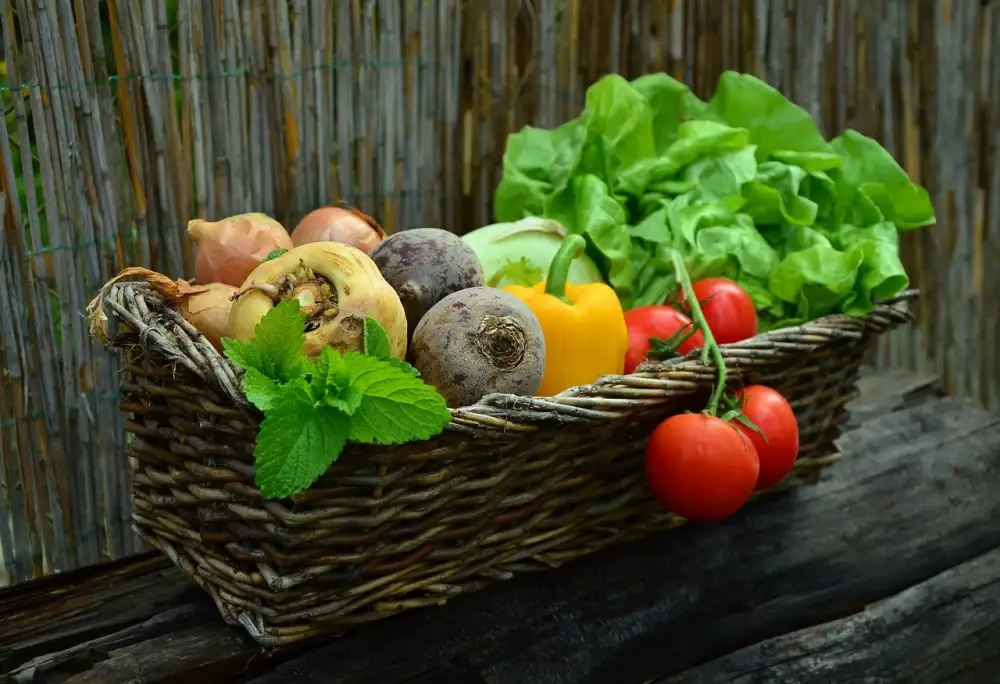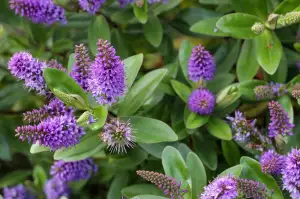Harvesting Rhubarb: Discover the Perfect Time to Gather this Tangy Delight at Home

Rhubarb, with its vibrant red stalks and tangy flavor, is a delightful addition to any kitchen. But when is the perfect time to harvest this unique vegetable? Understanding the growth cycle of rhubarb and knowing the signs of readiness for harvest are essential for ensuring a bountiful yield. In this article, we will explore the best time to harvest rhubarb and learn some techniques for harvesting and storing this tangy delight. So grab your gardening gloves and let's dive into the world of rhubarb harvesting!
Understanding Rhubarb Growth Cycle
To successfully harvest rhubarb, it is important to understand its growth cycle. Rhubarb is a perennial plant that grows from crowns or divisions. In the early spring, as the soil warms up, rhubarb crowns start to send up shoots. These shoots develop into large, vibrant green leaves.
During the growing season, rhubarb plants focus on building strong root systems and storing energy in their roots. The leaves continue to grow larger and more robust, providing nourishment for the plant. It is essential not to harvest any stalks during this initial growth phase.
As summer approaches, rhubarb plants enter their maturity stage. The leaves become fully grown and the stalks thicken and turn a deep red or pink color depending on the variety. At this point, the plant has stored enough energy in its roots to support harvesting.
Understanding the growth cycle of rhubarb allows you to determine when it is ready for harvest. By waiting until the plant reaches maturity, you ensure that you are harvesting stalks that are full of flavor and nutrients.
Signs of Rhubarb Readiness for Harvest
Before you start harvesting your rhubarb, it's important to know when it's ready to be picked. There are a few signs that indicate your rhubarb is ripe and ready for harvest.
Firstly, look for stalks that are thick and firm. These stalks should be at least 10-15 inches long and have a vibrant color, usually ranging from deep red to light green. Avoid picking any stalks that appear thin or limp as they may not be fully matured.
Another sign of readiness is the size of the leaves. If the leaves are large and healthy-looking, this indicates that the plant has had enough time to develop its nutrients and is ready to be harvested.
Furthermore, check for any flower buds that may have formed on the plant. If you spot any flower buds, it's a clear indication that the rhubarb has reached its peak growth stage and should be harvested immediately. Leaving the plant with flower buds can weaken its future growth potential.
By paying attention to these signs, you'll ensure that you harvest your rhubarb at its prime, resulting in the best flavor and texture for your culinary creations.
Best Time to Harvest Rhubarb
The best time to harvest rhubarb is when the stalks are thick and firm, usually in late spring or early summer. It's important to wait until the plant has established itself for at least two years before harvesting. This allows the roots to develop properly and ensures a healthy crop year after year. To determine if your rhubarb is ready for harvest, look for stalks that are at least 10-12 inches long and have a deep red color. Avoid picking any stalks that are thin or green as they may not be fully matured. Remember, patience is key when it comes to harvesting rhubarb, so resist the temptation to pick too early.
Harvesting Techniques for Rhubarb
Harvesting rhubarb is an exciting and rewarding process that allows you to enjoy the tangy delight right from your own garden. To ensure a successful harvest, it's important to understand the proper techniques for harvesting rhubarb.
When it comes to harvesting rhubarb, the key is to be gentle yet firm. Start by selecting stalks that are at least 10-12 inches long and have a good diameter. Avoid picking any stalks that are thin or spindly, as they may not be fully matured.
To harvest rhubarb, firmly grasp the stalk near its base and give it a gentle twist while pulling upwards. The stalk should easily detach from the plant. Be careful not to damage any nearby stalks or the crown of the plant during this process.
It's important to note that you should never remove all of the stalks from a single plant at once. Instead, leave at least half of the healthy stalks intact so that the plant can continue to grow and produce more rhubarb throughout the season.
If you notice any flower stems starting to form on your rhubarb plants, it's best to remove them immediately. Flowering can divert energy away from producing tasty stalks and decrease overall yield.
Remember, rhubarb leaves are toxic and should never be consumed. Always trim off the leaves before using or storing harvested rhubarb.
By following these simple harvesting techniques, you can enjoy a bountiful supply of fresh rhubarb throughout the growing season while ensuring the health and longevity of your plants. So get out there and start harvesting – your taste buds will thank you!
Storing and Using Freshly Harvested Rhubarb
Once you have successfully harvested your rhubarb, it's important to know how to store and utilize this tangy delight. To keep your rhubarb fresh, remove any leaves attached to the stalks as they can drain moisture and cause spoilage. Rinse the stalks thoroughly and pat them dry with a towel.
To store rhubarb in the refrigerator, wrap the stalks loosely in a damp paper towel and place them in a plastic bag. This will help maintain their crispness for up to two weeks. Alternatively, you can also freeze rhubarb for long-term storage. Simply chop the stalks into small pieces, blanch them briefly in boiling water, then transfer them to an airtight container or freezer bag.
Now that you have your freshly harvested rhubarb ready, it's time to put it to good use! Rhubarb is incredibly versatile and can be used in both sweet and savory dishes. It adds a delightful tanginess to pies, tarts, jams, and compotes. You can also stew rhubarb with sugar and spices for a delicious topping on pancakes or yogurt.
For those who enjoy experimenting in the kitchen, try incorporating rhubarb into savory recipes like chutneys or sauces for meats. Its tart flavor pairs well with ingredients like ginger, orange zest, and cinnamon.
Remember that while the stalks are edible, the leaves of rhubarb are toxic and should never be consumed. Always discard them properly.
By storing your freshly harvested rhubarb correctly and exploring its culinary potential, you can savor this tangy delight throughout the year. So go ahead and get creative with your cooking – let the vibrant flavors of rhubarb enhance your culinary creations!
Now that you have successfully harvested your rhubarb, it's time to savor the rewards. Whether you choose to use it in pies, jams, or savory dishes, the tangy delight of freshly harvested rhubarb will surely elevate your culinary creations. Remember to store any excess rhubarb properly to maintain its freshness and flavor. Join our culinary community and share your favorite rhubarb recipes with fellow enthusiasts. Happy cooking and enjoy the fruits of your rhubarb harvest!
Published: 18. 12. 2023
Category: Home



